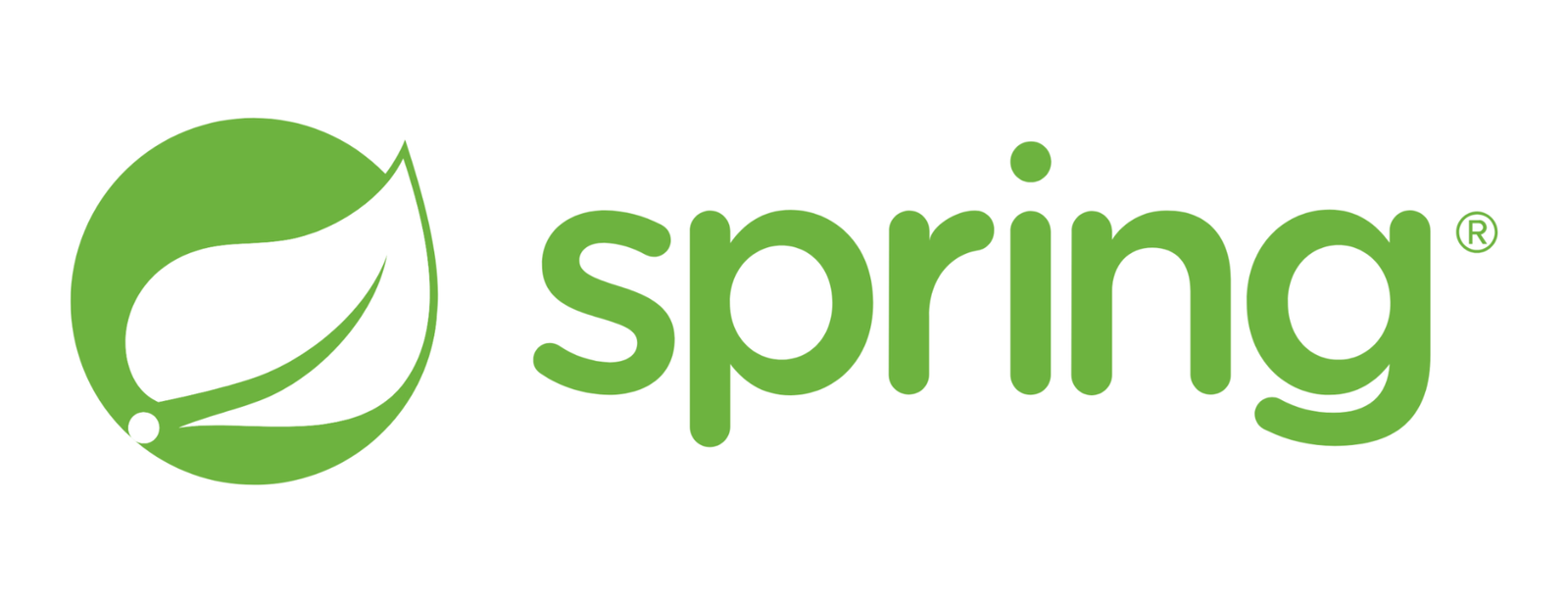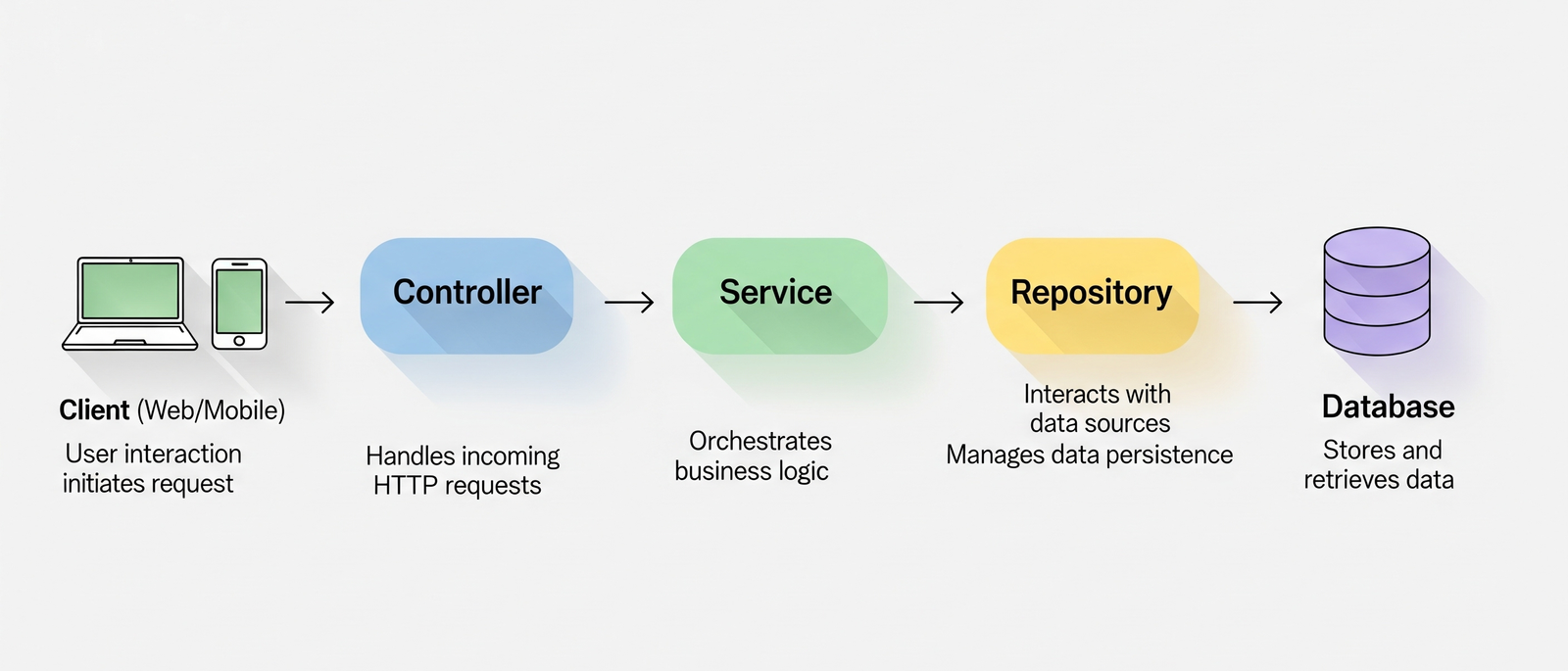
Modern Web Apps with Spring Boot: Patterns, Tools, and Practices
Spring Boot simplifies Java web development by providing embedded servers, pre-configured dependencies, and production-ready features. From REST APIs and microservices to cloud deployments, Spring Boot accelerates development while reducing boilerplate.
This guide explores the key features, architecture patterns, tooling, and trade-offs for building maintainable and scalable web applications with Spring Boot.
Why Choose Spring Boot?
Spring Boot brings developer productivity, operational readiness, and a rich ecosystem together. Applications start quickly, scale seamlessly, and integrate with modern cloud infrastructure effortlessly.
.png)
- Auto-Configuration – Automatically sets up Spring context based on dependencies.
- Embedded Servers – Run apps without external Tomcat/Jetty installations.
- Starters – Predefined dependencies for REST, JPA, Security, etc.
- Actuator – Health checks, metrics, and monitoring endpoints.
- Microservices Ready – Perfect for containerized and cloud-native deployments.
Spring Boot Web App Architecture
Spring Boot applications usually consist of controllers, services, and repositories. They interact with databases, caching layers, and external APIs, and optionally include asynchronous processing or event-driven microservices.
Client (Browser / Mobile)
↕ REST / GraphQL
API Gateway
↕
Spring Boot Backend
├─ Controllers (REST endpoints)
├─ Services (Business Logic)
├─ Repositories (JPA / DB)
├─ Caching (Redis / Ehcache)
└─ Async / Messaging (Kafka, RabbitMQ)
Database (Postgres, MySQL) & Cloud Storage
Quick REST API Example
Here’s a simple Spring Boot REST controller that exposes endpoints for managing "Products". This demonstrates how quickly you can get a REST service running.
package com.example.demo.controller;
import com.example.demo.model.Product;
import org.springframework.web.bind.annotation.*;
import java.util.ArrayList;
import java.util.List;
@RestController
@RequestMapping("/api/products")
public class ProductController {
private List products = new ArrayList<>();
@GetMapping
public List<Product> getAllProducts() {
return products;
}
@PostMapping
public Product addProduct(@RequestBody Product product) {
products.add(product);
return product;
}
@GetMapping("/{id}")
public Product getProductById(@PathVariable int id) {
return products.stream()
.filter(p -> p.getId() == id)
.findFirst()
.orElse(null);
}
}
This simple controller illustrates how Spring Boot handles RESTful requests with minimal boilerplate. Combine it with JPA for database persistence, and you have a fully functional backend in minutes.

The flow of a typical Spring Boot REST API is simple yet powerful: Client sends requests → Controller handles HTTP endpoints → Service contains business logic → Repository interacts with the database → Database stores data.
High-Impact Use Cases
- REST APIs – Build stateless services for web or mobile clients.
- Microservices – Independent services with scaling and deployment flexibility.
- Batch Jobs & Scheduling – Automate data processing tasks.
- Security & Auth – OAuth2, JWT, and role-based access control.
- Cloud-Native Apps – Dockerized applications for Kubernetes and serverless platforms.
Tools & Tech Stack
Backend
- Java 17+, Spring Boot 3.x, REST APIs
- Embedded Tomcat / Jetty / Undertow
- Messaging: Kafka / RabbitMQ for async tasks
- Monitoring: Spring Actuator, Prometheus/Grafana
Data & Persistence
- JPA / Hibernate for ORM
- Postgres / MySQL / MongoDB
- Database migrations: Flyway / Liquibase
Pros & Cons of Spring Boot
| Pros | Cons |
|---|---|
| Rapid Development – Auto-configurations & starters reduce boilerplate. | Learning Curve – Spring Boot magic can obscure inner workings. |
| Cloud & Microservices Ready – Easily dockerized and deployed to Kubernetes. | Startup Overhead – Slightly higher memory footprint than ultra-light frameworks. |
| Rich Ecosystem – Security, data, messaging, monitoring all built-in. | Version Management – Must align dependencies to avoid conflicts. |
Spring Boot offers a solid foundation for building scalable, maintainable, and cloud-ready Java web applications. By leveraging best practices and modern tooling, developers can accelerate delivery while maintaining high-quality standards.
